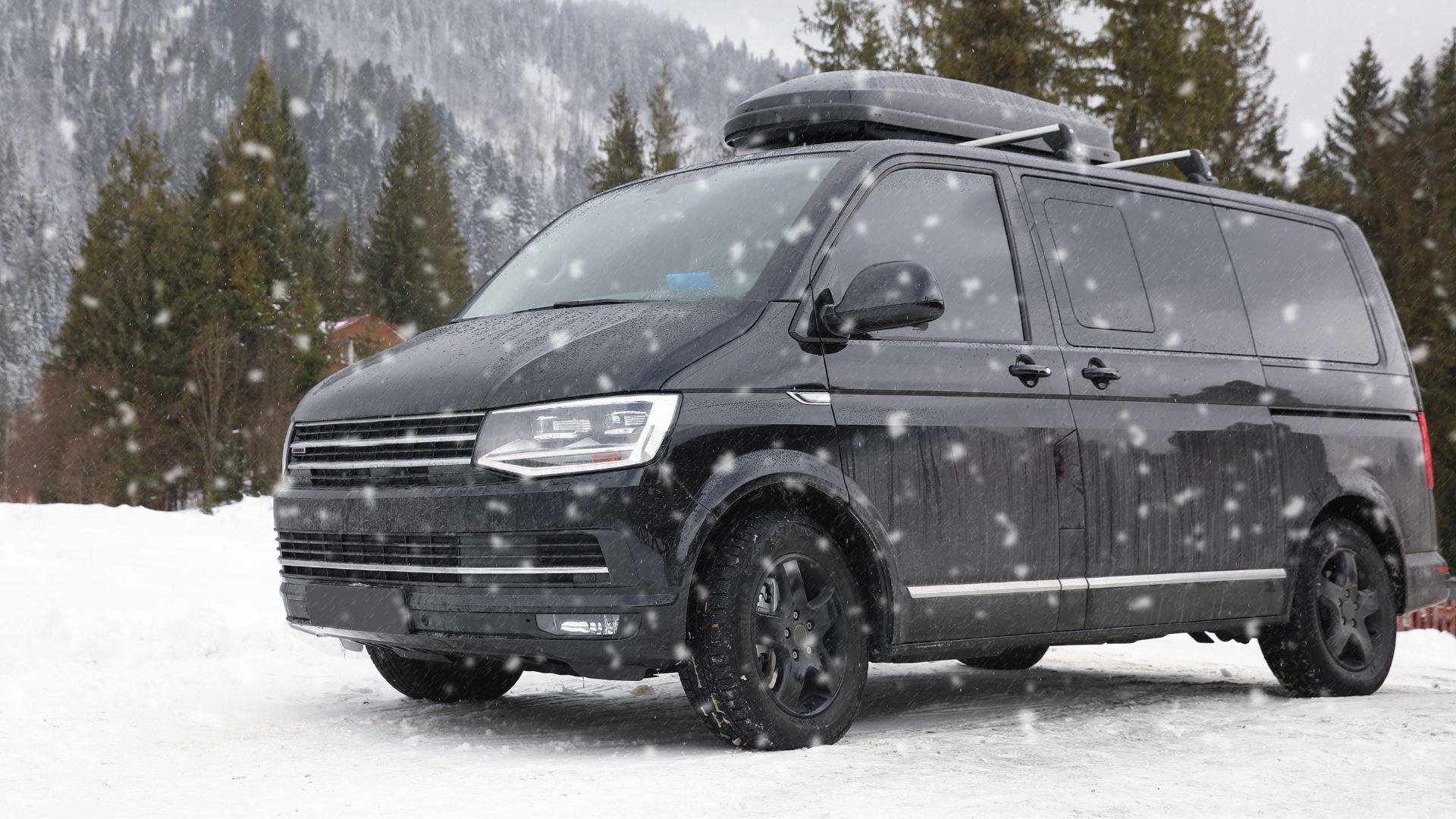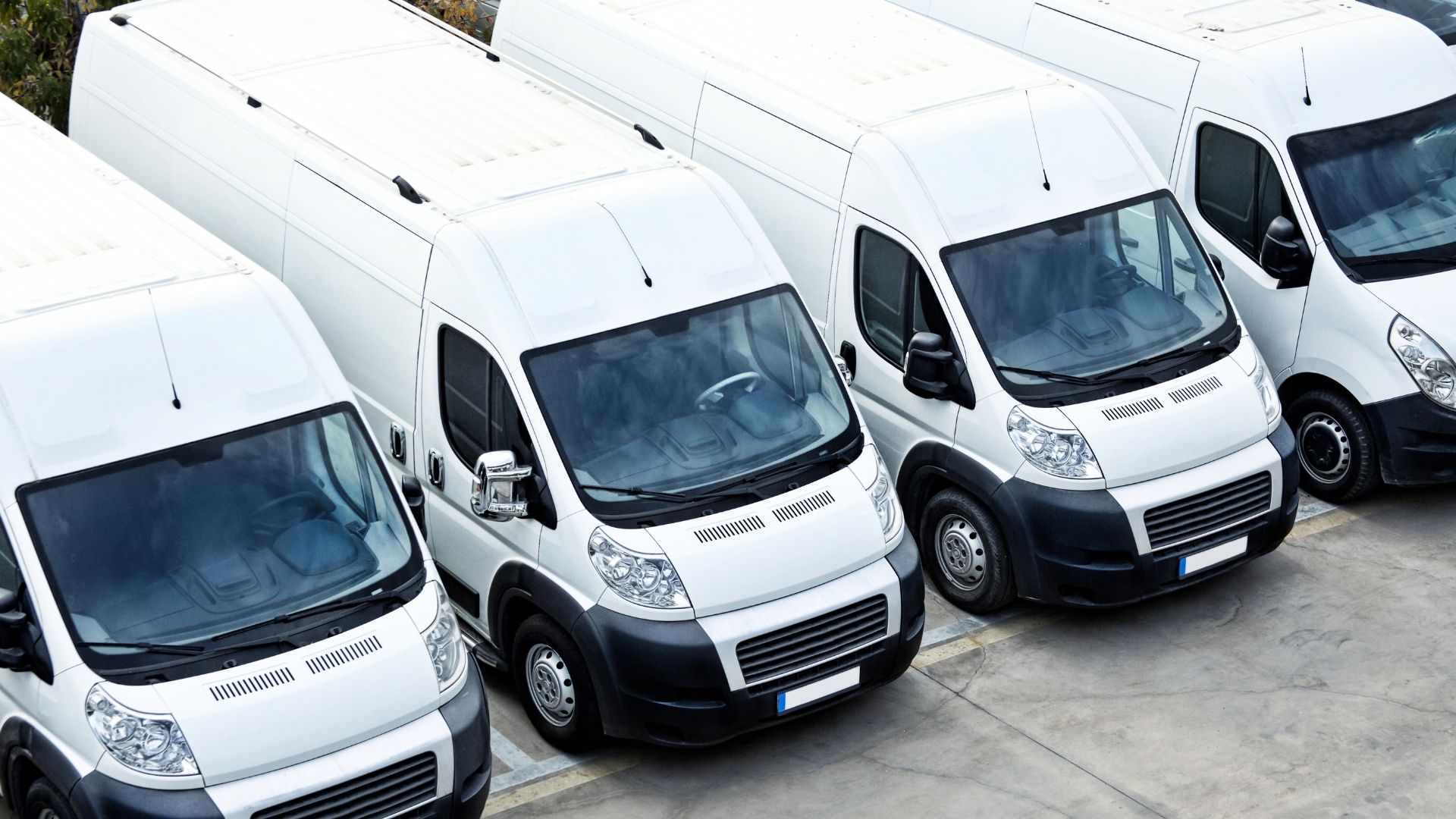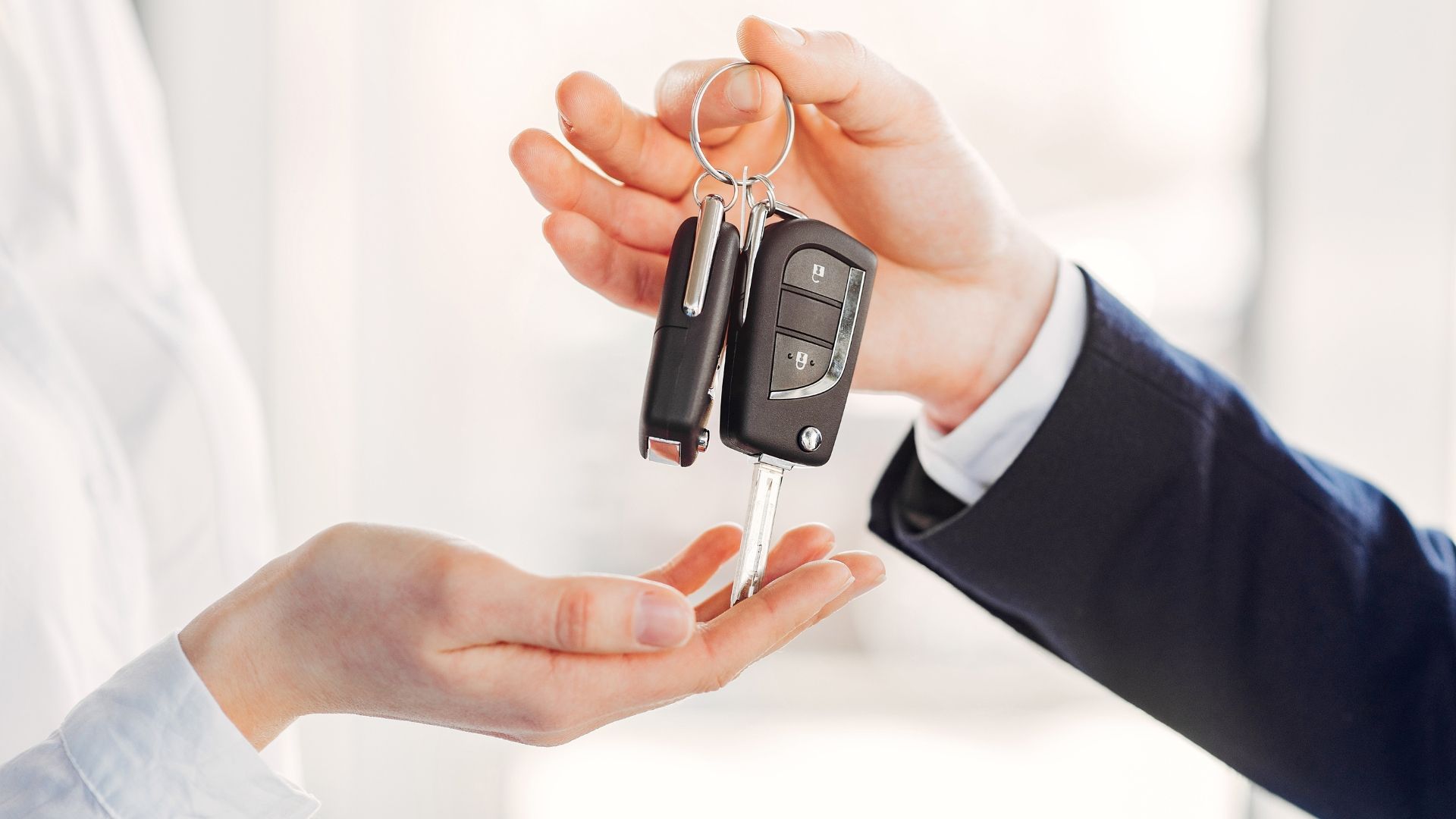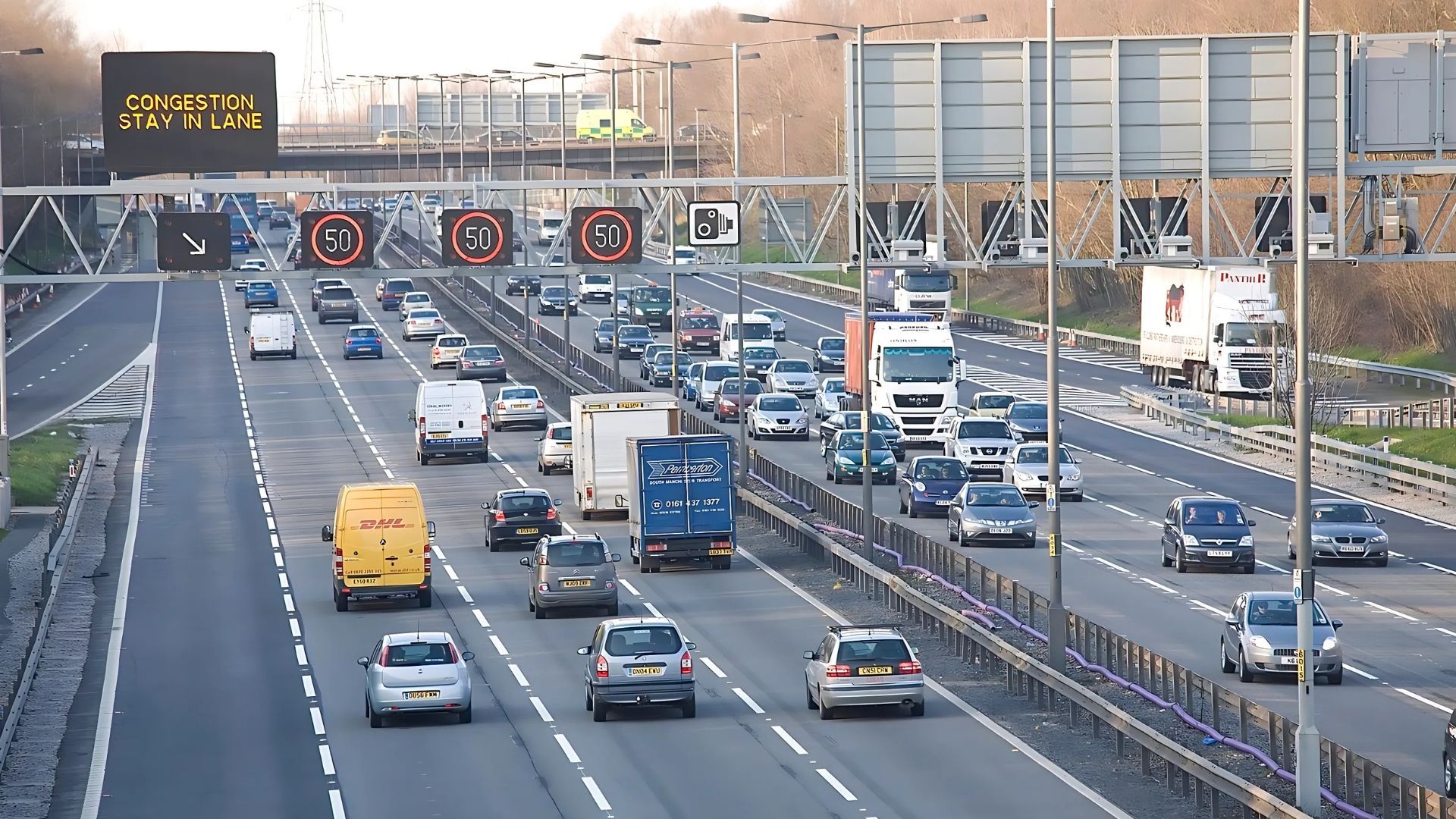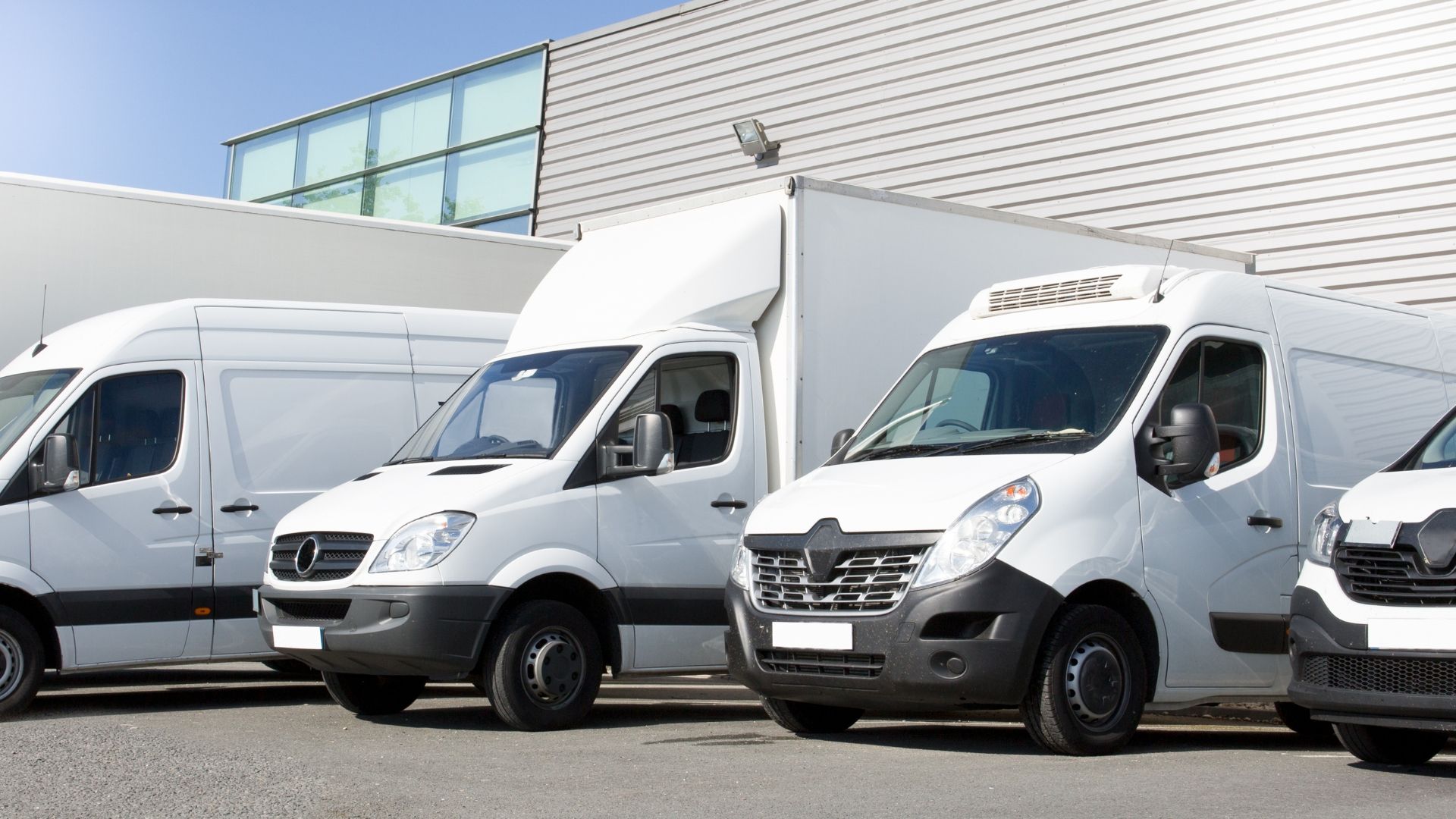The van renter's guide to low-emission zones
Want to know what low-emission zones, ultra-low-emission zones and clean-air zones mean for you and your rented van? Our handy guide is here to help.
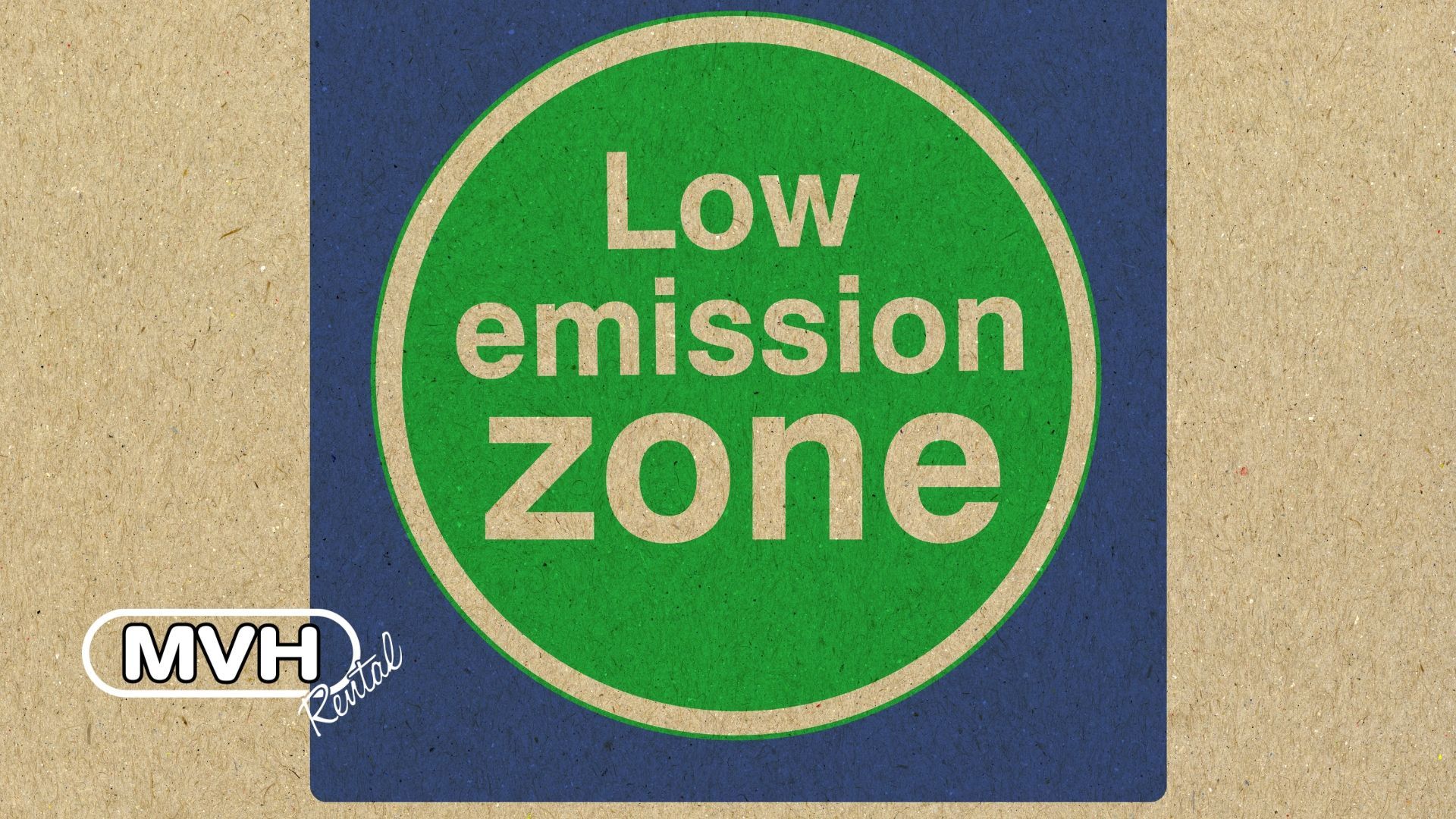
Just hired a van and worried about low-emission zones? We don't blame you. This new set of measures can be pretty confusing and pricey – and they may even affect where you choose to travel to.
Don't fret though! We've put together this guide to help you understand what low-emission zones are, why they exist, where they are and what they mean for you and your rented van.
What are low-emission zones and ultra-low emission zones?
Low-emission zones and ultra-low emission zones are inner-city areas that charge when you drive polluting vehicles through them. You may have also heard them referred to as clean-air zones.
Their aim? To encourage drivers to use newer vehicles that don't create as much pollution, or make the switch to public transport. Those spluttery old diesels you see pumping out clouds of dark grey smog? Yeah, those are the sort of vehicles these cities want to discourage!
London's Low-Emission Zone (LEZ) and Ultra-Low-Emission Zone (ULEZ) are two of the biggest and best-known of these zones.
What vehicles do low-emission zones affect?
Low-emission zones are divided into four classes that affect the types of vehicles they cover:
A: buses, coaches, private-hire vehicles, and taxis
B: buses, coaches, private-hire vehicles, taxis and HGVs
C: buses, coaches, private-hire vehicles, HGVs, vans and minibuses
D: buses, coaches, private-hire vehicles, HGVs, vans, minibuses and motorcycles
In ultra-low-emission zones, there is an extra requirement for van engines. They need to be Euro 4 (petrol) or Euro 6 (diesel) compliant.
Euro 6 was introduced back in 2015, so a lot of van owners will already be compliant. However, it's thought that all non-electric vehicles will soon be liable for charges in these zones, so watch this space.
Why are clean-air zones being created?
Ultimately, clean-air zones and low-emission zones exist to help reduce air pollution. Cities like London are getting increasingly worried about their air quality and the effect it can have on their residents' health.
What are low-emission zone charges?
The charges differ from city to city and from vehicle to vehicle, so you'll have to check the local authority's website to find out how much you need to pay. We've listed all of the current low-emission zones in the UK at the end of this article to help you find out.
To give you an example, as of September 2022, Birmingham's clean-air zone comes with a charge of £8 per day for cars, vans, and taxis. This increases to £50 for coaches, buses and HGVs.
Luckily for any Geordies reading, the date for Newcastle's clean-air zone has been put on hold until at least 2023 – phew!
How do you know you're driving in a low-emission zone?
If a city is operating a low-emission zone, there'll be clear road signs that indicate where it starts and ends. Keep your eyes peeled, though, as automatic number plate recognition (ANPR) cameras have been installed to track any vehicles entering the zone.
Annoyingly, even if you drive into one accidentally and immediately exit, you'll probably still be charged. It's definitely worth scoping out the area before you set off and seeing if you can avoid the area, or prepare for the charge you will incur.
How do you pay for a low-emission zone charge?
How you pay varies from city to city – and this may not be obvious when you drive through these zones – so it's definitely worth doing your research before you set off. The most common ways you'll have to pay include:
Online using a credit or debit card
By phone using a credit or debit card
Are the charges applicable 24/7?
Again, this depends on the city and their rules, so make sure you do your research before you set off.
What happens if you don't pay low-emission zone charges?
Get ready to fork out a lot of money. Penalties for not paying low-emission zone charges can seriously rack up. For example, Transport For London (TfL) doles out an eye-watering £160 penalty charge for those who enter a low-emission zone and fail to pay within three days (as of September 2022).
What van is best to rent if you regularly drive through low-emission zones?
If you are going to be frequently travelling through these zones, your best bet will be to rent an electric van or one that is Euro 4- or Euro 6-compliant.
However, if you're only likely to pass through a few times, then it may make more financial and practical sense to just plan for these fees. It's annoying, we know, but it is what it is.
List of low-emission zones in the UK
Here are all the low-emission zones and ultra-low-emission zones in the UK. Most of them are already in operation, but some are still on the back burner getting ready to be rolled out.
Aberdeen
Bath
Birmingham
Bradford
Brighton
Bristol
Dundee
Edinburgh
Glasgow
Greater Manchester
Leeds
Leicester
London
Newcastle
Norwich
Nottingham
Oxford
Portsmouth
Sheffield
York
All of these low-emission zones will be different. Some will only charge buses and larger vehicles, while others include cars and motorbikes. Charges and hours of operation will also vary, so it's important to check each individual zone you are planning to travel to or through. (It may be worth taking the 'scenic' route.)
We hope we've answered at least some of your questions about low-emission zones and how they could affect you and your rental van.
Need to hire a van in Newcastle? Perhaps you want to make sure that your rental van is suitable for low-emission zones? Please feel free to contact us at Metro Vehicle Hire if you have any questions.

